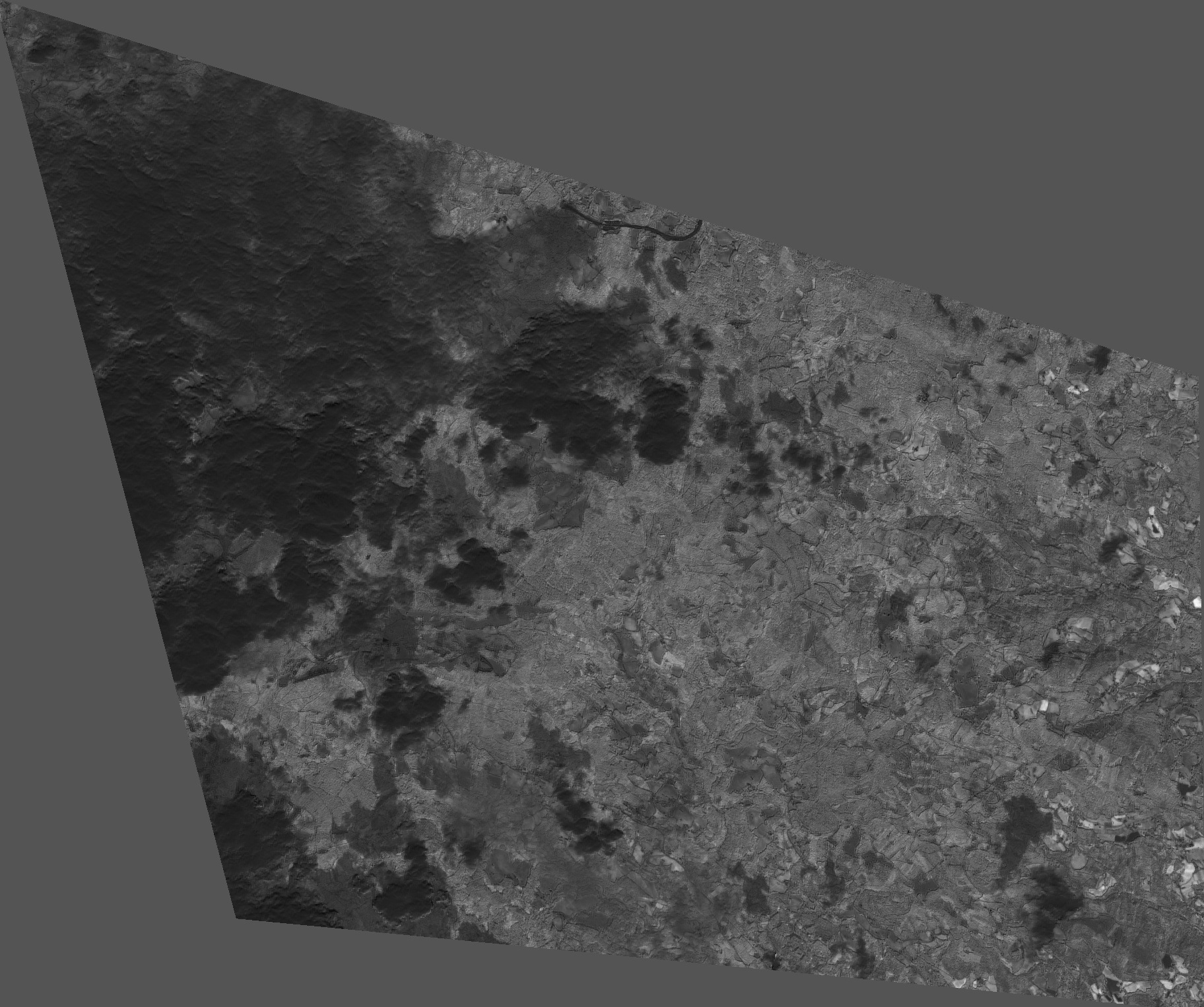Dear all,
I am having troubles understanding how actually the ‘time’ keyword in the WCS/WMS services work. I know that this has been touched in multiple Topics/emails, but I have not found any clear definition. Your definition of TIME in WCS/WMS is as follows:
TIME: If a time range is specified the result is based on all scenes between the specified dates conforming to the cloud coverage criteria and stacked based on priority setting - e.g. most recent on top. The time range is written as two time values separated by a slash, followed by a second slash and a period parameter (which must be P1D). Optional, default: none (the last valid image is returned). Examples: “TIME=2016-01-01”, “TIME=2016-01-01/2016-02-01/P1D”.
-
What actually means ‘is based on all scenes’ and what should be the output (one or multiple arrays)? Is it the same for WMS and WCS and FIS? If I am not mistaken you are doing some sort of averaging for the FIS service, do you?
-
I am requesting WCS/WMS service based on FIS results. I am afraid I may be missing some data, when I only put the DATE from FIS results into Time keyword of WCS/WMS.
thanks a lot for your time


